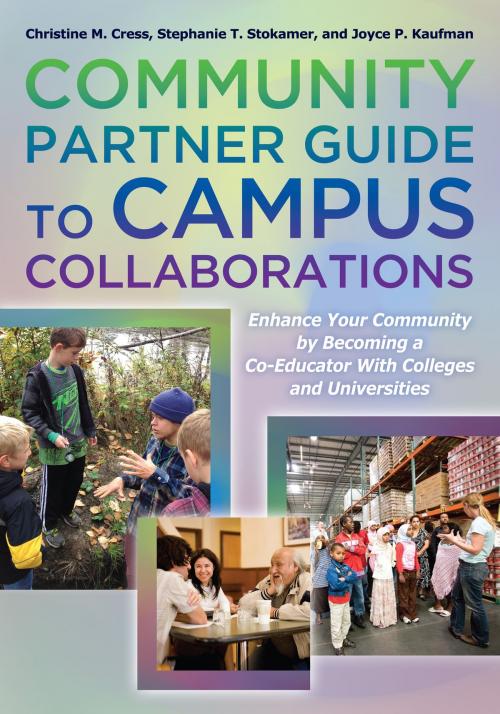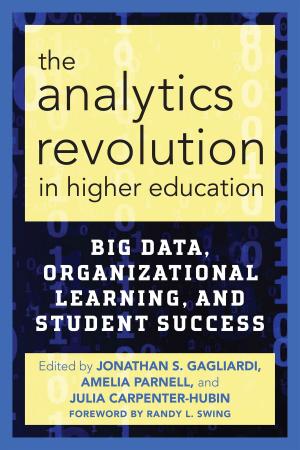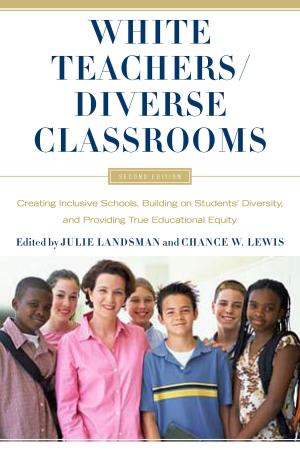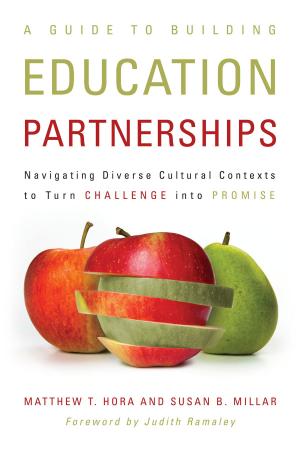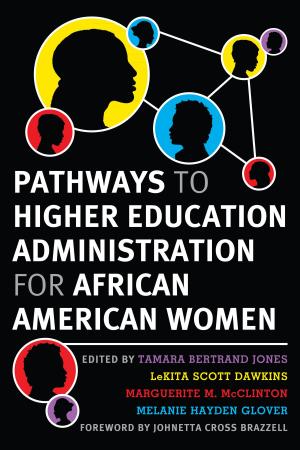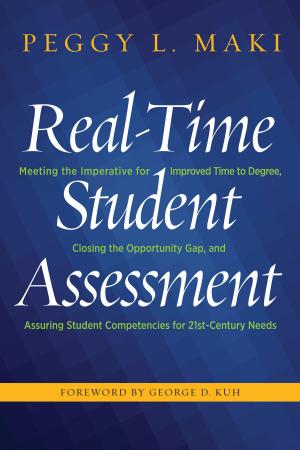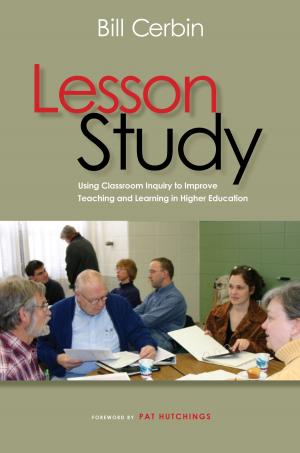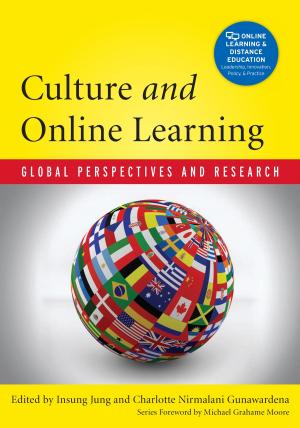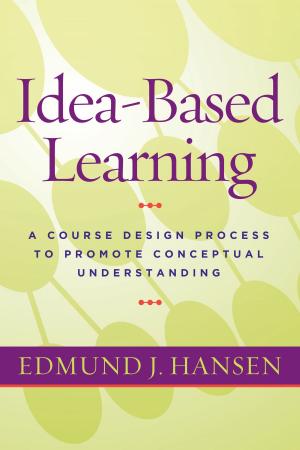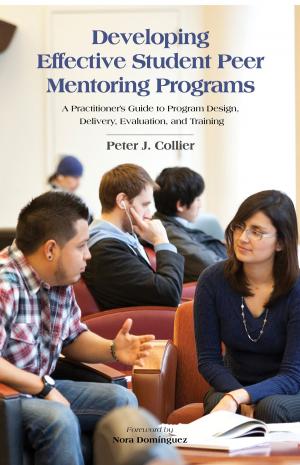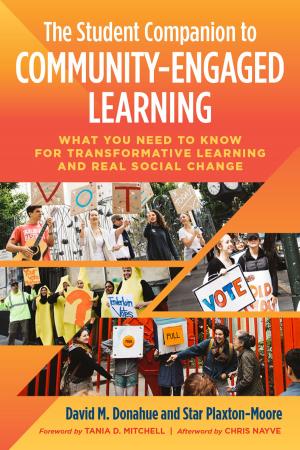Community Partner Guide to Campus Collaborations
Enhance Your Community By Becoming a Co-Educator With Colleges and Universities
Nonfiction, Reference & Language, Education & Teaching, Higher Education| Author: | Christine M. Cress, Stephanie T. Stokamer, Joyce P. Kaufman | ISBN: | 9781620361382 |
| Publisher: | Stylus Publishing | Publication: | June 11, 2015 |
| Imprint: | Stylus Publishing | Language: | English |
| Author: | Christine M. Cress, Stephanie T. Stokamer, Joyce P. Kaufman |
| ISBN: | 9781620361382 |
| Publisher: | Stylus Publishing |
| Publication: | June 11, 2015 |
| Imprint: | Stylus Publishing |
| Language: | English |
Whether your non-profit has experience of working with university interns or volunteers but wants to deepen and increase the effectiveness of the relationship; whether your agency is starting to explore how to improve client services through a campus collaboration; or whether you work for an NGO interested in partnering with universities across borders to effect positive change and draw attention to the challenges, resources, and needs of your community, The Community Partner Guide to Campus Collaborations can help.
It offers insights and strategies to leverage student learning and community empowerment for the benefit of both parties. Recognizing both the possibilities and the pitfalls of community-campus collaborations, it demystifies the often confusing terminology of education, explains how to locate the right individuals on campus, and addresses issues of mission, expectations for roles, tasks, training, supervision, and evaluation that can be fraught with miscommunication and misunderstanding.
Most importantly it provides a model for achieving full reciprocity in what can be an unbalanced relationship between community and campus partners so that all stakeholders can derive the maximum benefit from their collaboration.
It offers insights and strategies to leverage student learning and community empowerment for the benefit of both parties. Recognizing both the possibilities and the pitfalls of community-campus collaborations, it demystifies the often confusing terminology of education, explains how to locate the right individuals on campus, and addresses issues of mission, expectations for roles, tasks, training, supervision, and evaluation that can be fraught with miscommunication and misunderstanding.
Most importantly it provides a model for achieving full reciprocity in what can be an unbalanced relationship between community and campus partners so that all stakeholders can derive the maximum benefit from their collaboration.
Whether your non-profit has experience of working with university interns or volunteers but wants to deepen and increase the effectiveness of the relationship; whether your agency is starting to explore how to improve client services through a campus collaboration; or whether you work for an NGO interested in partnering with universities across borders to effect positive change and draw attention to the challenges, resources, and needs of your community, The Community Partner Guide to Campus Collaborations can help.
It offers insights and strategies to leverage student learning and community empowerment for the benefit of both parties. Recognizing both the possibilities and the pitfalls of community-campus collaborations, it demystifies the often confusing terminology of education, explains how to locate the right individuals on campus, and addresses issues of mission, expectations for roles, tasks, training, supervision, and evaluation that can be fraught with miscommunication and misunderstanding.
Most importantly it provides a model for achieving full reciprocity in what can be an unbalanced relationship between community and campus partners so that all stakeholders can derive the maximum benefit from their collaboration.
It offers insights and strategies to leverage student learning and community empowerment for the benefit of both parties. Recognizing both the possibilities and the pitfalls of community-campus collaborations, it demystifies the often confusing terminology of education, explains how to locate the right individuals on campus, and addresses issues of mission, expectations for roles, tasks, training, supervision, and evaluation that can be fraught with miscommunication and misunderstanding.
Most importantly it provides a model for achieving full reciprocity in what can be an unbalanced relationship between community and campus partners so that all stakeholders can derive the maximum benefit from their collaboration.
